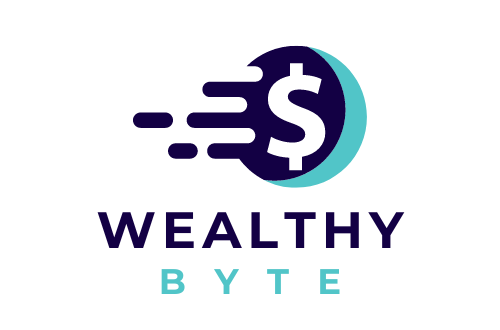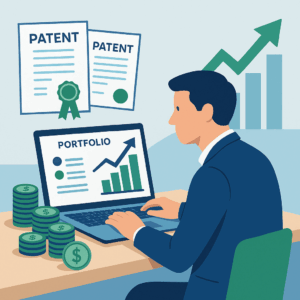
The regulatory burden is simply the accumulation of laws and regulations that affect businesses, creating a complex network of compliance obligations.
A key enabler in this regard is the optimal use of compliance technology.
At the forefront of these advancements is the ability to automate your compliance processes, a transformative approach that dramatically enhances accuracy, reduces risks, and frees up resources for strategic priorities.
The Power of Automation in Compliance
Automation in compliance technology entails the harnessing of software and artificial intelligence (AI), to carry out compliance-related activities previously handled by manual processes that were slower and more prone to human error.
By automating these repetitive tasks such as data collection, monitoring, report generation, and audit trail maintenance organizations achieve several significant business benefits:
- Reduced risk of non-compliance: Automated systems continuously monitor compliance activities and flag potential issues swiftly, preventing violations before they occur. This proactive approach safeguards against costly penalties and reputational damage.
- Increased operational efficiency: By replacing manual workflows with automated processes, compliance teams save valuable time and reduce workload, allowing them to focus on more nuanced areas of governance and risk management.
- Enhanced visibility and reporting: Automation consolidates compliance data into centralized dashboards, providing real-time insights and streamlined reporting capabilities for audits and internal reviews.
- Scalability and adaptability: As regulatory landscapes evolve and business operations grow in complexity, automated compliance technology scales effectively without requiring proportional resource increases.
Artificial Intelligence as a Compliance Game-Changer
Coupled with compliance automation, a further benefit of AI technology is a higher level of risk management.
With the ability to analyze large amounts of data quickly, AI technology can identify outliers, predict compliance risk and recommend remediation, allowing an organization to react continually to compliance trends.
Machine learning algorithms can also help with documentation.
For example, it is often necessary to collect information for evidence, and machine learning can aggregate compliance evidence from multiple platforms to reduce audit preparation time.
Centralized Compliance Management for Better Oversight
Often departments will undertake their own compliance efforts, leading to siloed processes and information, inconsistent policy application, and inefficient monitoring.
Modern compliance solutions overcome these issues by easing the integration of risk management, policy management, procedure management, and compliance monitoring on a single platform, allowing for more efficient practices.
These platforms generally feature dashboards which allow executives and other compliance personnel to view the organization’s compliance status at a high level, let teams collaborate, lessen discrepancies when they implement policies, and quicken the organization’s reaction to regulatory changes and compliance gaps.
Strengthening Data Privacy and Cybersecurity Compliance
Rules on data protection and cybersecurity could demand firm obedience needs.
Technologies that ensure people comply protect data and help organizations meet these requirements through security protocols including controlling access, encrypting, and monitoring suspicious activity.
Automation rapidly detects and remediates security events to minimize the duration and scale of a data breach.

Audit logs of all compliance activity provide key evidence when auditors audit data protection legislation.
Simplifying Regulatory Reporting and Audit Readiness
Automated compliance systems gather, validate, and report on regulatory data from multiple sources with interaction by human operators limited.
It can help reduce time spent reporting about deadlines, provide transparency through documentation of compliance activity, and make audits less stressful and resource-intensive by maintaining audit-ready records.
Embedding Training and Awareness in Compliance Culture
To comply depends on people as much as technology does.
Digital training tools that include embedded compliance technology allow users to learn about regulations and good practices in the process.
With automated tracking, all employees can be required to complete training and understand compliance obligations, creating a culture of continuous compliance.
A Note on Leading-Edge Solutions: Luthor.ai
Other examples of compliance technology include Luthor.ai, a startup focused on automation using artificial intelligence to streamline and improve compliance processes and workflows for the future-ready compliance function.
Conclusion
Automation of compliance processes has become a necessity.
Compliance technology not only helps organizations streamline compliance processes, but it also helps them meet regulatory requirements for greater accuracy and efficiency.
This automates, uses AI, governs centrally, and trains digitally.
This supports flexible and resilient compliance processes which adopt and sustain over time.
To survive, the compliance function needs to digitally transform to support operational and planned objectives, manage risks, and give organizations a sustainable competitive advantage despite changes in regulations.















